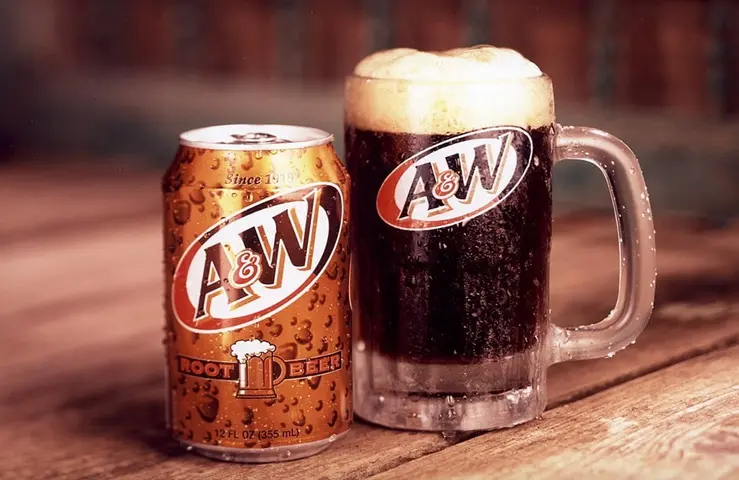Michelle Geber, managing director of Château Tanunda in the Barossa Valley, highlights that Australian Chardonnay is beginning to gain significant recognition. She notes, “The vintage variation we have seen hit Europe in recent years provides an opportunity for Australian Chardonnay to make its mark.” Geber emphasizes the consistency of vintages in Australia, which allows Chardonnays to exhibit a range of styles, from crisp and refreshing to fuller-bodied varieties with balanced acidity. She also points out that Chardonnay has excellent cellaring potential.
Exploring Rhône Varieties
James Lindner, co-owner of Langmeil Winery in the Barossa, sees promising potential in white Rhône varieties, including Marsanne, Roussanne, Viognier, and Grenache Blanc. These varietals are positioning themselves as high-end options in the Australian wine market.
Riesling’s Hidden Gem
Tim Pelquest-Hunt, chief winemaker at Pernod Ricard Winemakers, describes Australian Riesling as “a highly underrated gem.” He praises the country’s Rieslings for their “exceptional purity and freshness at an attractive price point,” noting their ability to evolve gracefully over time.
The Growth of Pinot Grigio and Sauvignon Blanc
According to Julian Dyer, chief operating officer for Australian Vintage in the UK, Europe, and Americas, there has been a noticeable increase in the sales of Australian Pinot Grigio and Sauvignon Blanc in recent years. He speculates that varietals like Vermentino and Fiano may soon emerge as popular choices.
Red Wines with Untapped Potential
Rich Burch, sales and marketing director for Burch Family Wines, believes that Western Australia is already well-regarded for its Cabernet Sauvignon and Shiraz but sees substantial untapped potential for cool-climate styles such as Pinot Noir and sparkling wine. He describes these as some of the most exciting wines emerging from the region.
Grenache and Tempranillo Take Center Stage
Pelquest-Hunt also emphasizes the growing significance of Australian Grenache, which offers a compelling balance of qualities described as “powerful yet elegant.” He notes that Tempranillo is gaining traction due to its bold fruit flavors and impressive aging potential, making it well-suited to Australia’s hot, dry climate—an essential consideration amid climate change challenges.
Italian Varietals in Australia
With Italian roots, Lindner expresses enthusiasm for the potential development of Montepulciano, Primitivo, and Sangiovese in Australia. However, he stresses the importance of reminding consumers of the quality found in Australia’s premium wines made from classic varieties. He notes that Shiraz has been foundational in establishing the Barossa’s fine wine reputation since the first plantings in the 1840s and continues to be a significant driver of sales while evolving in style.
You Might Be Interested In:


